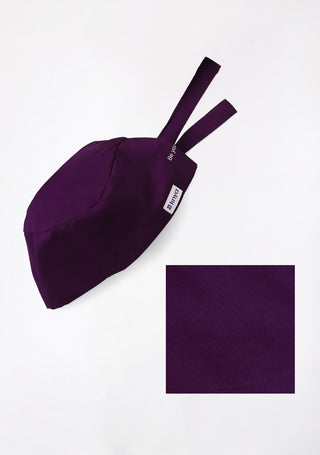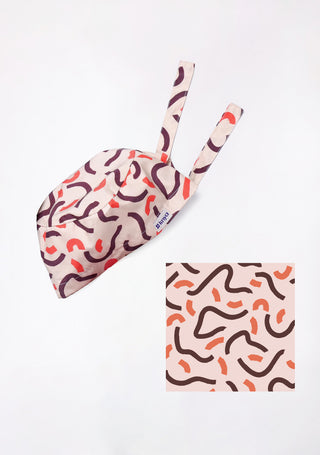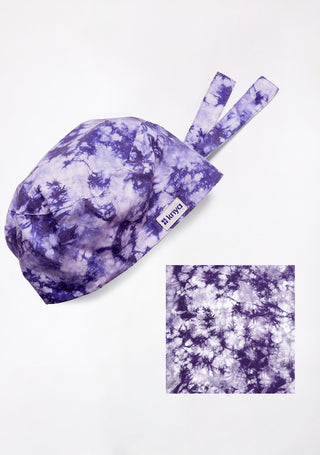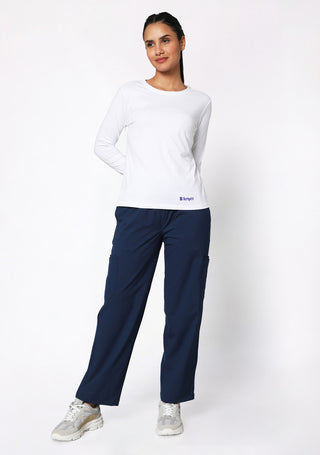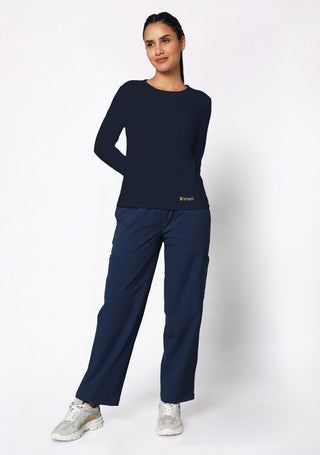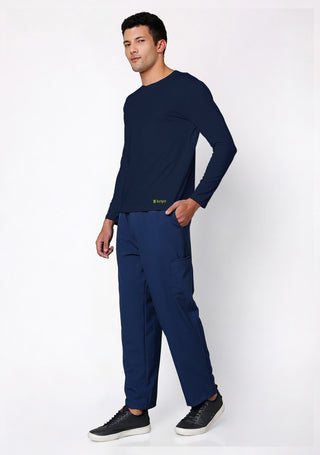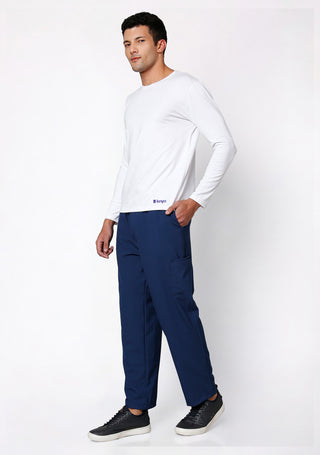Stepping into clinical rotations marks a major milestone the moment you swap your student ID for a stethoscope and a white coat. It’s exciting, nerve-wracking, and a little surreal. Suddenly, the way you dress matters not for style points, but for the confidence and credibility it brings. Your scrubs and lab coat become your professional armor, helping you make the shift from learner to healer.
Why Your First Impression Matters?
Let’s be honest, first impressions in healthcare go beyond your smile or handshake. A crisp, well-fitted lab coat and neatly pressed scrubs instantly signal professionalism and respect for the environment you’re stepping into. Whether you’re shadowing in surgery or doing rounds in internal medicine, your attire speaks volumes about your attitude toward your work and patients.
For our male healthcare professionals, we offer a wide range of comfortable and stylish scrubs for men, designed to enhance both comfort and professional image
Function Over Fashion - But Why Not Both?
Yes, functionality should always come first. Clinical rotations mean long hours, unpredictable spills, and a lot of movement. Choose scrubs made from breathable, stretchable fabrics that keep you comfortable through long shifts. Moisture-wicking and antimicrobial materials are a plus they not only keep sweat at bay but also add an extra layer of protection against bacteria.
The Power of the White Coat
Your white coat isn’t just a uniform, it's a symbol. It marks your transition into the clinical world, representing responsibility, empathy, and expertise. Treat it with care. Opt for high-quality cotton or blended fabrics that resist wrinkles and yellowing. Ensure the fit is right shoulders aligned, sleeves ending just above the wrist, and length appropriate to your role.Many institutions have guidelines on coat lengths shorter ones for students, longer for residents or attending physicians. Respect those distinctions; they’re part of the professional hierarchy and culture of medicine.
While scrubs are essential for daily duties, lab coats offer the added protection and authority needed in clinical environments.
Investing in the Right Gear
As you move through rotations, you’ll quickly realize that not all departments are the same. A pair of lightweight scrubs might be perfect for pediatrics, but you’ll appreciate more durable, structured ones in surgery. Having two to three sets of high-quality scrubs ensures you’re always rotation-ready.Add a good pair of supportive shoes, a clean underscrub top for extra comfort, and a durable lab coat these will be your essentials. Think of them as tools of your trade, not just clothing.
Final Thoughts
Clinical rotations are more than a learning experience; they're your first step into the real world of healthcare. Dressing the part isn’t vanity; it’s professionalism in action. When you walk into a ward wearing scrubs that fit well, feel great, and reflect care, you’re not just looking like a doctor or nurse, you're becoming one.

